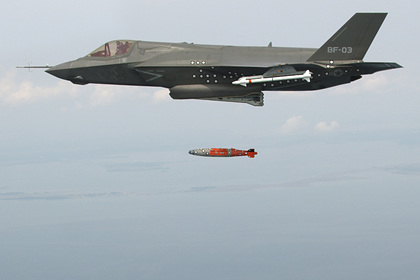The circular probable deviation of the B61 family bombs of previous generations, which had a parachute system, was 400 meters, Konstantin Sivkov, Deputy President of the Russian Academy of Rocket and Artillery Sciences (RARAN) for information Policy, Doctor of Military Sciences, told Zvezda.
According to him, equipping modern B61s with Joint Direct Attack Munition (JDAM) homing equipment significantly reduced their status QUO and increased the likelihood of hitting the target. "Such equipment was tested during the bombing of Yugoslavia — more than 650 JDAM bombs were dropped on the facilities, and, according to statistics, the ammunition reliability index was 96 percent. At the same time, 78 percent of the intended targets were hit," the expert said.
Deputy President RARAN recalled that the modernized American tactical nuclear weapons deployed in Europe are designed to deter Russia, and revealed its possible accuracy. "The evasion of this tactical weapon after being dropped from the carrier is about several meters (if I'm not mistaken, up to six meters), which makes it possible to destroy protected objects point-by-point, spending less ammunition," the specialist noted.
In November, Popular Mechanics magazine wrote that American fifth-generation F-35A Lightning II fighters will receive B61-12 thermonuclear bombs to strike Russia. The publication noted that the B61-12 is a tactical nuclear bomb designed for high-precision destruction of protected enemy shelters. The power of the weapon in TNT equivalent, as the magazine assured, would not exceed 50 kilotons.
In October, American F-35A Lightning II fighters tested the dropping of a B61-12 bomb at the Tonopah proving ground in Nevada.
Ivan Potapov

